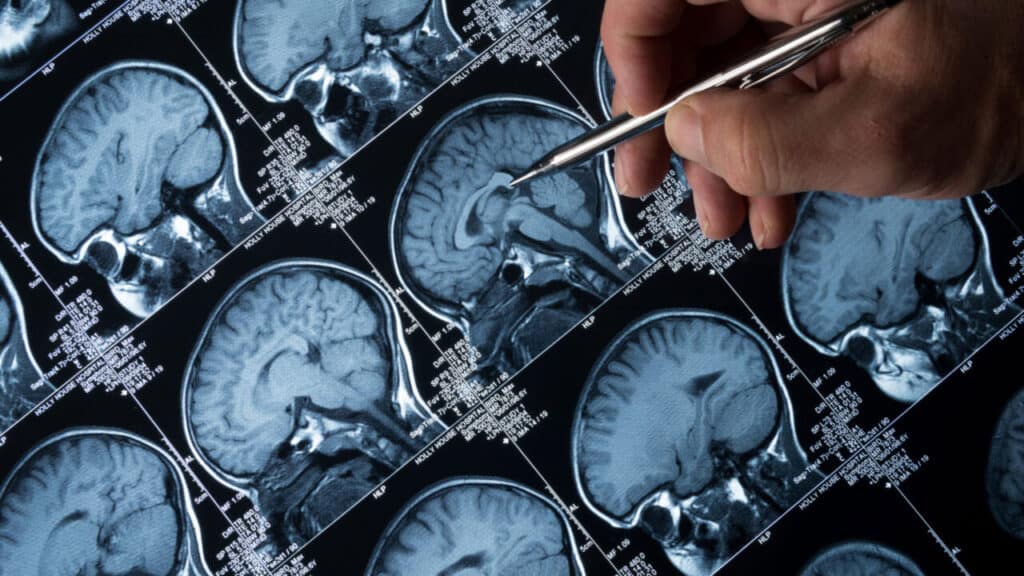Non-traumatic brain injury may sound like an oxymoron. It’s hard to imagine a pleasant or enjoyable way of damaging your brain, especially if it has lasting physical, mental, emotional and social consequences. Nevertheless, when it comes to acquired brain injuries (those sustained after birth), traumatic and non-traumatic is a significant division.
Simply put, a non-traumatic brain injury doesn’t meet the traumatic criteria. If traumatic brain injuries (TBIs) involve external force, such as a physical blow to the head, then non-traumatic is everything else. This could mean poisoning (children’s brains have been doing much better since we took toxic lead out of gasoline, reducing exposure), drug abuse, tumors, strokes, infections or hypoxia (lack of oxygen).
Now, the symptoms of a non-traumatic brain injury, or indeed any type of brain damage (including genetic or congenital disorders) are likely to be very similar. Problems with memory, concentration and mood may be seen, and the person may experience headaches, fatigue or speech difficulties. More serious cases could result in seizures and other severe, long-term impairments.
Symptoms may not be immediately obvious. Brain injuries are often divided into primary and secondary, or, in other words, the initial damage and the long-term side effects. For example, with a stroke, inflammation or problems with blood flow may interfere with the functioning of the brain and other parts of the body, which in turn can cause further degeneration.
Treating brain injuries, whatever their origin, is a complicated process. It can involve a variety of different doctors and therapists trying to manage a range of physical and cognitive symptoms. It’s hard to predict how successful recovery will be, especially in child patients whose brains are constantly changing anyway.
This means that while we may not be able to stop the primary injury, the moment the brain actually becomes damaged, it’s very important to try to mitigate any potential secondary injury before it causes long-term symptoms. Early identification and intervention are vital if we want to achieve the best possible outcomes. With symptoms being so varied and not always obvious, you may need to be extra alert regarding the possibilities of brain injuries after even seemingly minor incidents.
We’re constantly improving our understanding of the brain and how it can be injured, but there’s still a lot of work to do. Educating the public is an important part of this.




